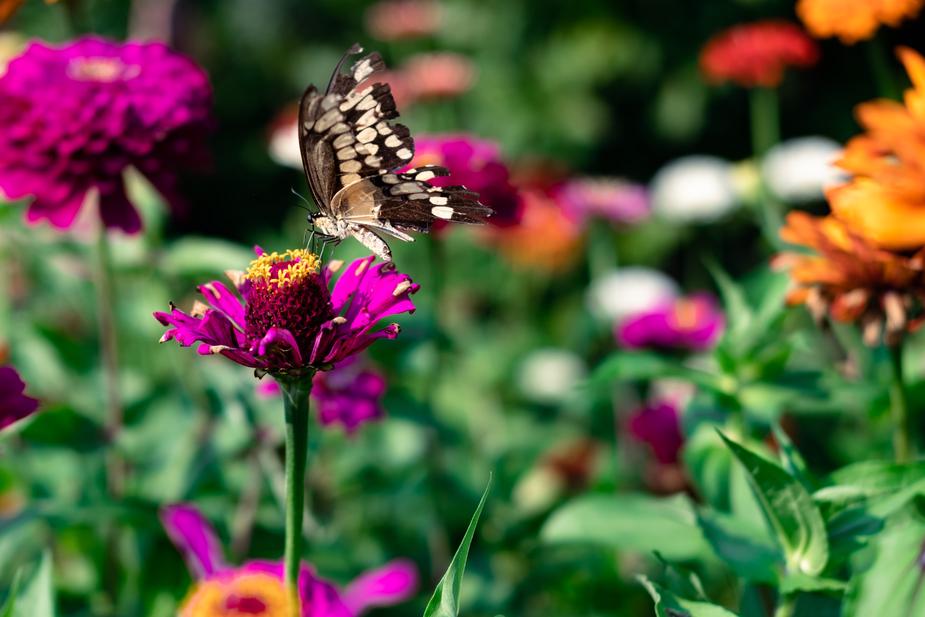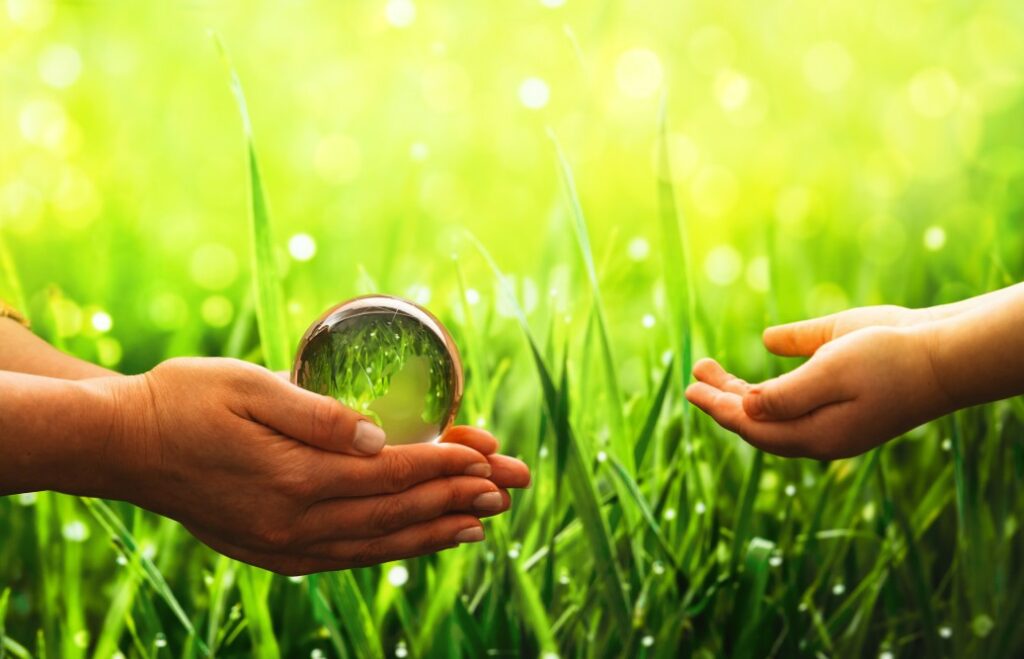(Photo by Ryan Bruce from Burst)
When you think about buying a home, you know that your home and yard are going to be a haven. But they are more than just a family escape; they are an integral part of the community and the greater ecosystem around you. In fact, your yard can help save the planet!
Around the world, populations of bees, insects, and other pollinators are declining. Agriculture, mining and human development are leaving pollinators without habitats for foraging and nesting. But while it might sound like not such a big deal for there to be less flying, stinging, or scary bugs around, consider that the dearth of pollinators is going to directly affect human survival — about one out of every three bites of food we eat exists because of pollinators! And what you plant in your yard can help make all the difference.
How Your Yards can Save the Planet
Why Do I Want Pollinators in My Yard?
Pollinators are vital to creating and maintaining the habitats and ecosystems that many animals rely on for food and shelter. Without pollination, food plants that rely on pollinators, like tomatoes, eggplant, beans, peas, summer squash, peppers, melons, apples, cucumbers, peaches and pears cannot produce the fruits and vegetables that we eat. And this isn’t just a pollination problem for our backyard gardens, this is a warning call around the entire world.
Not only will having pollinators in your yard help to make it more beautiful as these flowering plants have attractive colors and interesting shapes, but choosing plants that attract butterflies, bees, bats, and hummingbirds will help to increase crop yields everywhere, aiding in the survival of many species… including humans!
How Do I Attract Pollinators?
Backyards, schoolyards, green roofs, parks, planted medians and other green spaces provide food and shelter for pollinators, but your home’s yard is perhaps the most excellent place to plant a pollinator garden.
Because 75% of the world’s flowering plants depend on pollinators to reproduce, you’ll have your choice of flowering plants that thrive in your yard’s conditions, including a healthy balance of grasses, garden flowers, shrubs, and trees that will give your yard curb appeal while reaping all of the benefits pollinators have vital to the production of food, fibers, edible oils, medicines, and other products.
How Do I Plant a Pollinator Garden?
Planting a pollinator garden will attract pollinators to your yard, and while they are in the pollinator garden, they will also visit the plants in your vegetable garden, so this is a double win!
Pollinators thrive on flower nectar and pollen. So if possible you’ll want to designate a section of your yard strictly for a pollinator garden filled with various grasses, trees, shrubs, and wildflowers. Seek out an area that receives at least six hours of full or partial sun each day. If your space is limited, you can also grow pollinator garden plants in containers filled with rich, well-drained soil.
Water sources are equally important for pollinators. Many pollinators, like butterflies, tend to alight and drink water from shallow pools, mud puddles, or birdbaths.
Knowing the pollinator species native to your area is helpful because then it will be easier to find out what plants and habitat elements these creatures need to thrive and reproduce. Regardless, use as many native plants as possible. Native plants aren’t just well suited to meet the needs of native pollinator species, in many cases, these creatures depend on native plants to survive.
Whether using native or non-native plants, make sure to choose from a wide range of flower shapes and sizes to accommodate the feeding preferences of a variety of pollinators at all of the various stages of their life cycles.
The color of a flower often signals these creatures and attracts them to the plant. For example, butterflies are attracted to red, orange, and yellow while hummingbirds prefer red, fuchsia, and purple. Fragrance also attracts them.
The shape of a flower is also important. For example, butterflies land before feeding, so they usually prefer flat, open flowers. Tubular flowers, on the other hand, help lure pollinators with long beaks and tongues, such as hummingbirds.
The greater variety of plants you have, the more pollinators the garden will attract. Diverse plantings are also more likely to attract beneficial insects and birds, instead of harmful pests that you don’t want in your garden anyway!
Can My Yard Save the Planet?
Not only are pollinators necessary for reproduction, but they also help to produce genetic diversity in the plants they pollinate, and the more diverse plants in your yard and neighborhood, the better they can weather changes in the environment.
So yes, your yard can assist in global environmental sustainability as well as with producing the habitat required for pollinators to do their jobs so that we can have our essential food, medicine, and other life needs.
June was National Pollinator Month, but since we all care about our yards as places of respite for our own families, we recommend thinking about pollinators all year long so you can help save the planet!




Leave a Reply